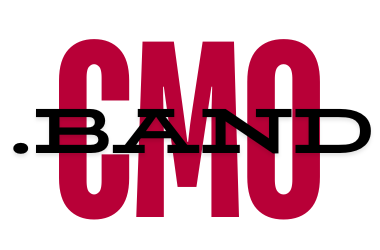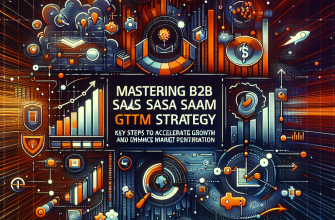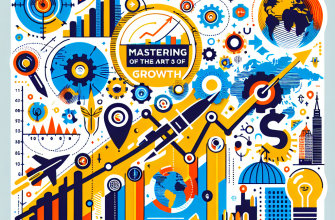- Mastering B2C Go-to-Market Strategies: Key Steps for Captivating Your Consumer Base
- Understand Your Audience Deeply
- Define Your Unique Value Proposition (UVP)
- Choose the Right Channels
- Leverage the Power of Content
- Optimize for Conversion
- Foster Customer Loyalty
- Measure, Analyze, and Iterate
- Embrace Agility
Mastering B2C Go-to-Market Strategies: Key Steps for Captivating Your Consumer Base
In today’s rapidly evolving marketplace, the success of a product can hinge significantly on the effectiveness of its go-to-market (GTM) strategy. As a digital marketing expert, I’ve observed that businesses that meticulously plan and execute their GTM strategies often excel at captivating and retaining their consumer base. Here, I’ll share some key steps that can help any B2C company thrive in the competitive market landscape.
Understand Your Audience Deeply
The first step in crafting an effective GTM strategy is to gain a deep understanding of your target audience. This involves more than just knowing their age, gender, and location. You need to dive into their behaviors, preferences, pain points, and aspirations. Utilize tools like customer interviews, surveys, and social media listening to gather rich insights. The more nuanced your understanding, the better you can tailor your marketing messages and product offerings.
Define Your Unique Value Proposition (UVP)
In a crowded market, your product needs to stand out. Defining a clear and compelling UVP is crucial. This statement should succinctly describe what makes your product unique and why it is the best solution for your customers’ problems. Your UVP should resonate with your target audience and be reflected consistently across all your marketing materials and channels.
Choose the Right Channels
Selecting the appropriate channels to reach your audience is critical. Where do your potential customers spend most of their time online? Are they heavy social media users, or do they prefer email communications? The answers to these questions can help you decide whether to focus on SEO, content marketing, social media, email marketing, PPC campaigns, or a combination of these. Remember, the goal is to be where your customers are, with the right message at the right time.
Leverage the Power of Content
Content marketing remains a powerful tool in the digital age. Develop a content strategy that addresses the needs and interests of your target audience at each stage of the buyer’s journey. From awareness and consideration to decision and advocacy, your content should educate, inspire, and engage your audience. High-quality, relevant content not only helps in attracting and retaining customers but also positions your brand as a thought leader in your industry.
Optimize for Conversion
Driving traffic to your website or social media pages is just the beginning. The ultimate goal is to convert that traffic into sales. This requires an optimized conversion funnel that provides a seamless and frictionless experience for your customers. Ensure that your website is user-friendly, mobile-optimized, and fast-loading. Use strong calls-to-action (CTAs), and continually test and tweak them along with other elements of your landing pages to improve conversion rates.
Foster Customer Loyalty
Acquiring a new customer is often more costly than retaining an existing one. Therefore, your GTM strategy should include initiatives for building customer loyalty. Implement loyalty programs, engage with customers on social media, and use personalized email marketing to make your customers feel valued. Remember, a happy customer not only repurchases but is also likely to become an advocate for your brand.
Measure, Analyze, and Iterate
Finally, the importance of analytics in a GTM strategy cannot be overstated. Set clear, measurable goals for your campaign and continuously track your performance against these goals. Use tools like Google Analytics, social media analytics, and A/B testing platforms to gather data on how your campaigns are performing. This data should inform your decisions and help you refine your strategies over time.
Embrace Agility
The digital landscape is constantly changing, and so are consumer behaviors. An effective GTM strategy is not set in stone; it is dynamic and adaptable. Stay updated with the latest trends and be ready to pivot your strategies as necessary. Agility can be a significant competitive advantage.
By following these steps, B2C companies can develop a robust go-to-market strategy that not only attracts but also delights and retains customers. Remember, the key is to be customer-centric, data-driven, and agile. With these principles in mind, you can create a GTM strategy that truly resonates with your consumer base and drives sustainable growth for your business.

A seasoned digital marketing strategist with over 8 years of experience across various areas of digital marketing, including SEO, SMM, PPC, content marketing, and email marketing. Specializes in transforming B2B, B2C, e-commerce, and SaaS businesses by creating effective go-to-market strategies and building thriving digital ecosystems. Known for a data-driven approach to optimizing campaigns and maximizing results.
“If your business is looking to scale or in need of a fresh perspective, feel free to contact”.





